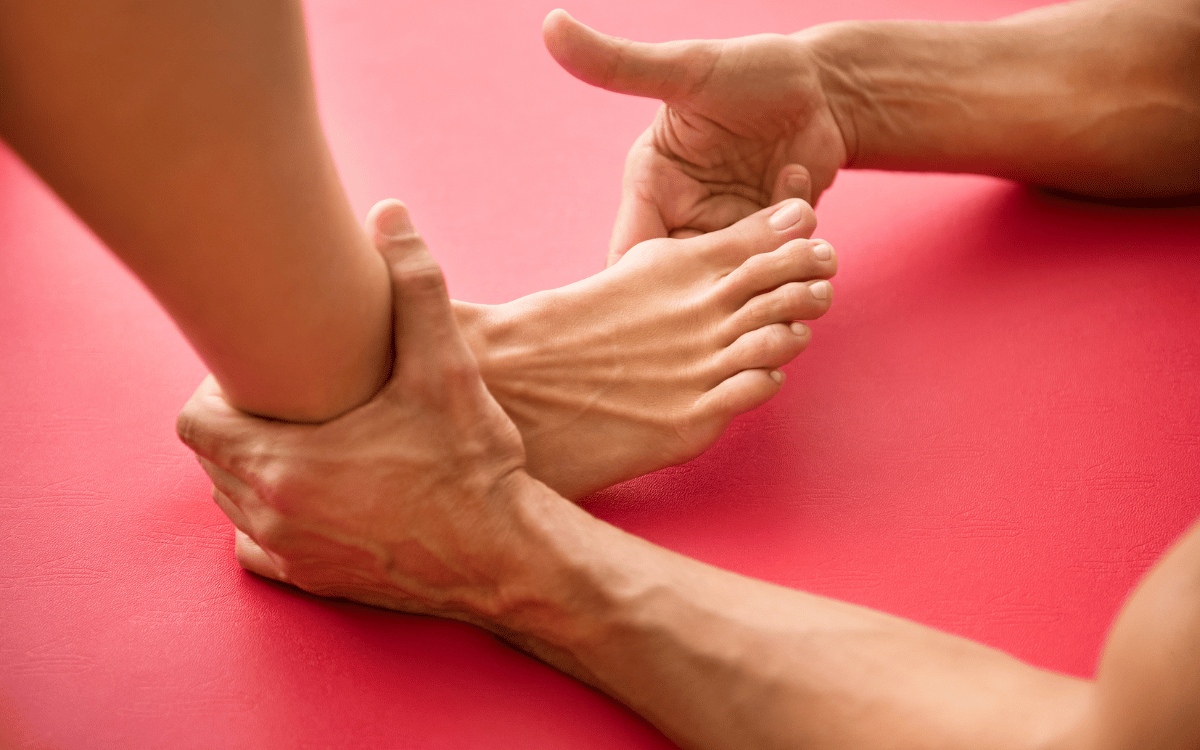Interval Training Tips & Advice
Is your gym currently closed? Are you finding that you are getting injured more frequently doing at home exercise? Daniel explains interval training and why it is a great training option during this time.
Book Your 65% Off Expert Foot Pain Assessment – Click here
by Daniel Fitzpatrick | May 13, 2020 | Common Foot Problems, Exercises, Fitness, Foot Pain, Runners, Videos
Is your gym currently closed? Are you finding that you are getting injured more frequently doing at home exercise? Daniel explains interval training and why it is a great training option during this time.




Interval training is a highly effective workout strategy that alternates between high-intensity bursts of exercise and lower-intensity recovery periods. This method not only maximizes calorie burn but also enhances cardiovascular fitness, making it particularly beneficial for individuals looking to maintain their fitness levels during gym closures.
For example, a typical interval training session might include sprinting for 30 seconds followed by walking for 1 minute. Studies have shown that this approach can lead to improved endurance and metabolic health, making it a great option for those seeking to stay active without access to a gym.
Engaging in interval training can have significant benefits for foot health, especially for those prone to foot pain. By incorporating varied intensity levels, individuals can reduce the risk of overuse injuries that often arise from repetitive, steady-state exercises.
Additionally, interval training allows for a more dynamic range of motion in the feet and ankles, which can strengthen the muscles and improve overall stability. This is particularly important for runners and fitness enthusiasts who need to maintain healthy foot mechanics while training.
When participating in high-intensity workouts, certain foot problems may arise, including plantar fasciitis, Achilles tendonitis, and stress fractures. Understanding these conditions can help individuals take preventive measures and seek timely treatment to avoid long-term issues.
For instance, improper footwear or inadequate warm-up routines can exacerbate these problems. It’s essential for individuals to listen to their bodies and consult with a podiatrist if they experience persistent discomfort during or after exercise.
Selecting the appropriate footwear is crucial for maximizing the benefits of interval training while minimizing the risk of injury. Shoes should provide adequate support, cushioning, and stability to accommodate the dynamic movements involved in this type of training.
For example, cross-training shoes are often recommended as they offer versatility for various activities, including running and strength training. A proper fit is also essential; individuals should ensure there is enough room in the toe box and that the heel is snug to prevent slippage during workouts.